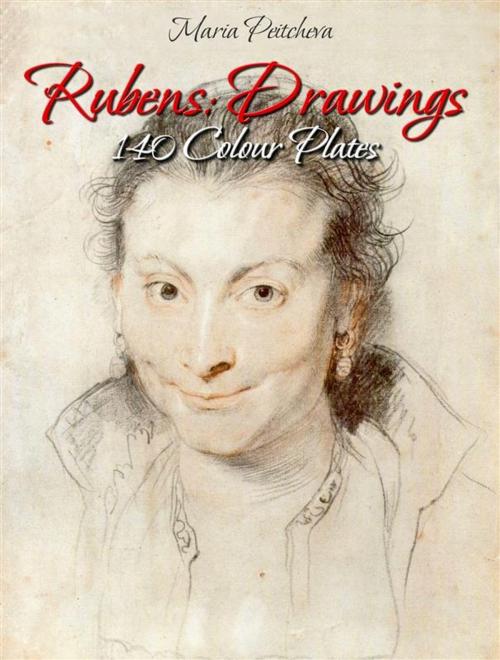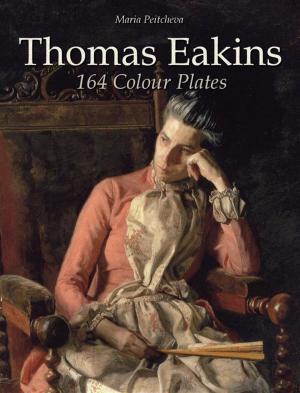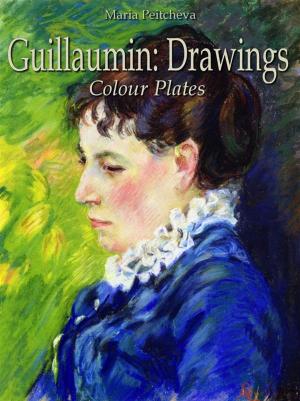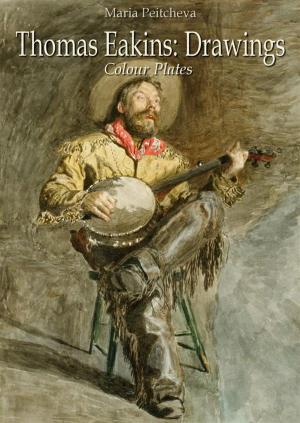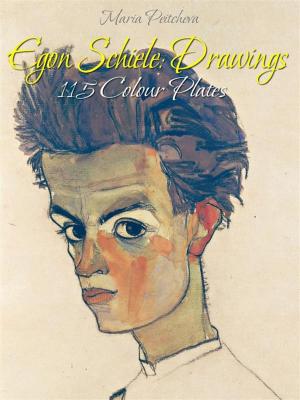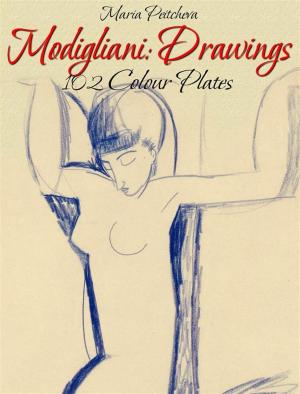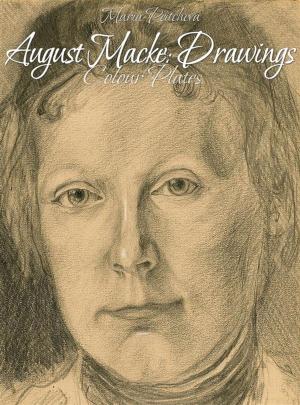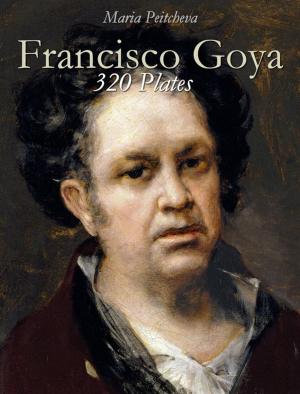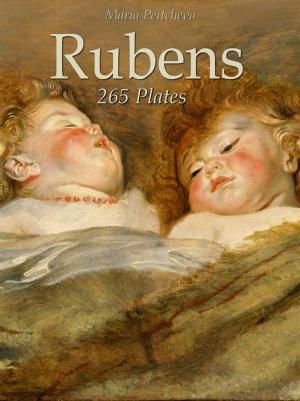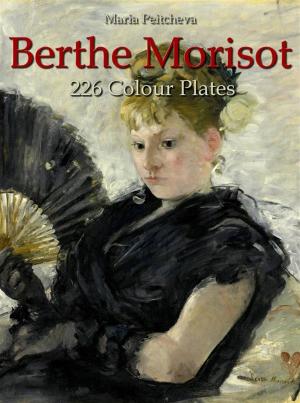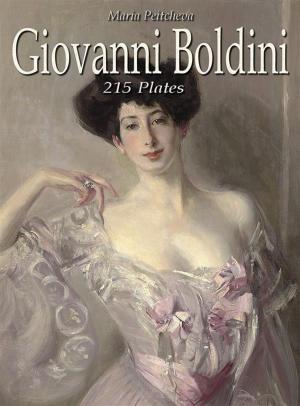Rubens: Drawings 140 Colour Plates
Nonfiction, Home & Garden, Crafts & Hobbies, Art Technique, Drawing, Art & Architecture, General Art| Author: | Maria Peitcheva | ISBN: | 9788892551770 |
| Publisher: | Maria Peitcheva | Publication: | February 9, 2016 |
| Imprint: | Language: | English |
| Author: | Maria Peitcheva |
| ISBN: | 9788892551770 |
| Publisher: | Maria Peitcheva |
| Publication: | February 9, 2016 |
| Imprint: | |
| Language: | English |
Rubens approached a large work in a series of stages. First, the artist would make preliminary drawings in black chalk, sometimes in combination with brown chalk. At this point he would often refer to his extensive library of copies, but the work of his forebears always underwent radical transformation at his hand. Rubens had an extraordinary ability to breathe life and movement into figures and find new rhythms in old compositional ideas. Clearly, he used these preparatory drawings as creative adventures, and many of them bear the marks of numerous changes of pose and position as the artist’s ideas evolved. He would often change from chalk to pen-and-ink, augmenting with a light bistre (brown) wash. Sometimes, the drawing is left in a very uneven condition, with some parts heavily built up while others are left more or less open.
Rubens approached a large work in a series of stages. First, the artist would make preliminary drawings in black chalk, sometimes in combination with brown chalk. At this point he would often refer to his extensive library of copies, but the work of his forebears always underwent radical transformation at his hand. Rubens had an extraordinary ability to breathe life and movement into figures and find new rhythms in old compositional ideas. Clearly, he used these preparatory drawings as creative adventures, and many of them bear the marks of numerous changes of pose and position as the artist’s ideas evolved. He would often change from chalk to pen-and-ink, augmenting with a light bistre (brown) wash. Sometimes, the drawing is left in a very uneven condition, with some parts heavily built up while others are left more or less open.
